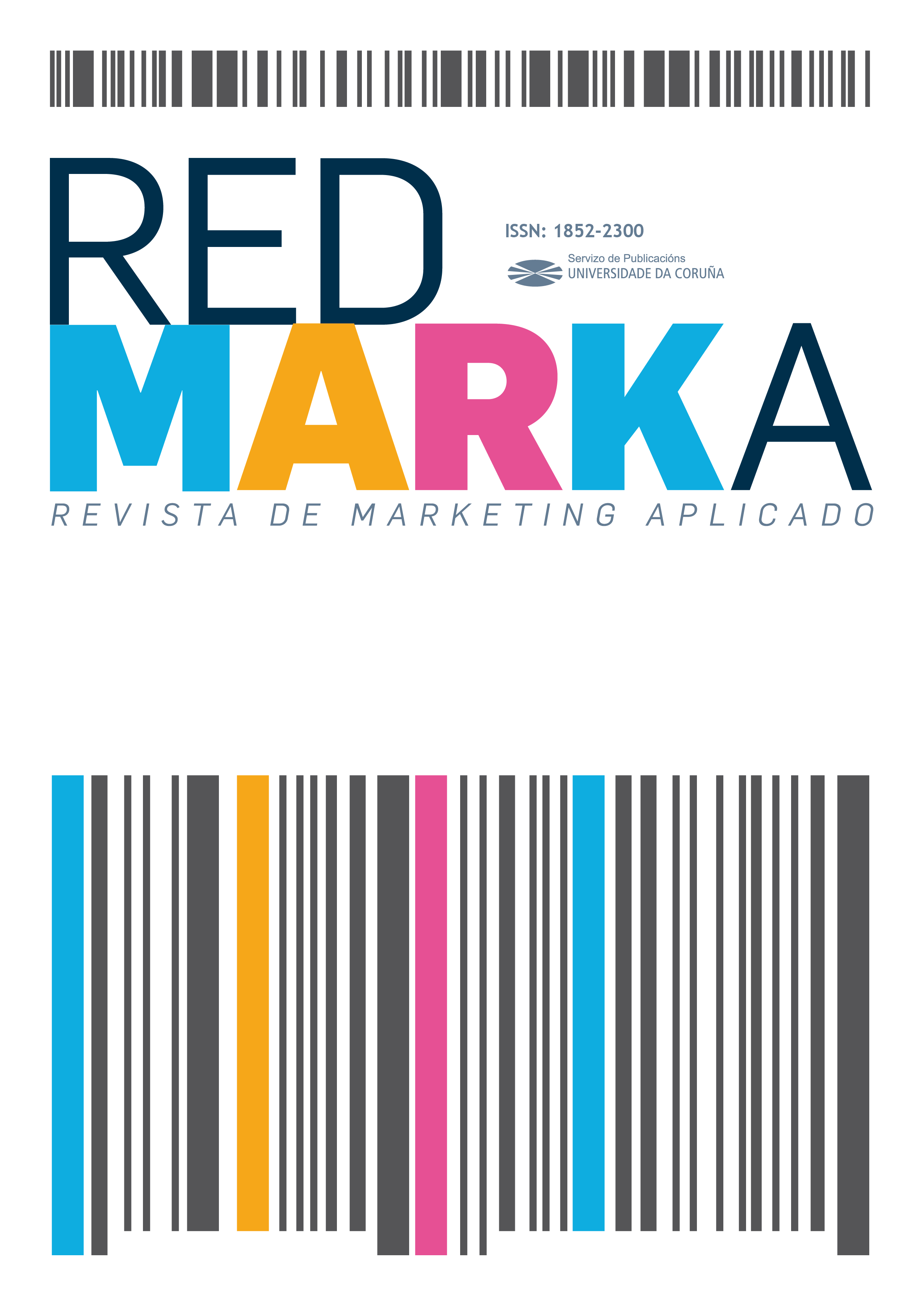Inteligencia artificial en el campo laboral: conflicto de rol y bienestar
Contenido principal del artículo
DOI:
https://doi.org/10.17979/redma.2022.26.1.9041Resumen
Desde el punto de vista del usuario final, la llegada de la Inteligencia Artificial (IA) se asocia con una mayor eficiencia y productividad en cualquier actividad profesional. Sin embargo, la conexión o desconexión que pueden experimentar los recursos humanos en relación con las máquinas ha dado lugar a un interesante debate sobre la realidad de la IA en el lugar de trabajo. Este artículo explora la ausencia de límites en los roles profesionales y cómo la confusión, el estrés, el tecnoestrés e incluso el aburrimiento son resultado de las actividades que los humanos se sienten relegados a realizar. A partir de una revisión de la literatura sobre Inteligencia Artificial en el lugar de trabajo, esta investigación plantea la generación y comprensión de competencias laborales y la adaptabilidad como medidas necesarias en el lugar de trabajo. Asimismo, también se plantean perspectivas de revisión y futuras acciones para las organizaciones. La sobrecarga laboral y la calidad del trabajo son elementos centrales en la fusión entre los colaboradores humanos y las IA; esta particular revolución industrial enfrenta presentes y nuevos perfiles y esta relación es central para entender el fenómeno.
Palabras clave:
Detalles del artículo
Referencias
Cruz, J. (2021). Prospectivas de la influencia de las nuevas tecnologías en el ejercicio periodístico en Ecuador, en medios matriciales impresos. [Tesis de doctorado]. Universidad de Santiago de Compostela.
Díaz-Fúnez, P., Pecino, V., y Mañas, M. (2016). Ambigüedad de rol, satisfacción laboral y ciudadanía organizacional en el sector público: un estudio de mediación multinivel. Revista de Psicología 34 (2). https://doi.org/10.18800/psico.201602.007
Driscoll, M., Biron, C., y Cooper, C. (2009). Work-related technological change and psychological well-being. En Amichai-Hamburger, Y. (2009). Technological and Psychological Well-being. Cambridge University Press.
Escudero Muñoz, J. (2008). Las competencias profesionales y la formación universitaria: posibilidades y riesgos. Revista de docencia Universitaria, (16), 65-82.
García Manjón, J. V., y Pérez López, M. (2008). Espacio Europeo de Educación Superior: competencias profesionales y empleabilidad. Revista Iberoamericana de Educación, 46 (9), 4.
González Macías, C. (2015). La adaptabilidad organizacional desde el enfoque de la teoría de contingencia y la escuela de la configuración. Revista Global de Negocios, 3 (4), 69-81.
Guerrero, J. (2003). Los roles no laborales y el estrés en el trabajo. Revista colombiana de psicología, 12, 73-84.
Huczynski, A., y Buchanan, D. (2013). Organizational Behaviour. Pearson Education Limited.
King, D., y Harmon, P. (1988). Sistemas expertos: aplicaciones de la inteligencia artificial en la actividad empresarial. Ediciones Díaz de Santos.
Leyton, J. D., Rodríguez, M. d. P., y Correa, J. S. (2014). Efectos laborales vinculados al uso de técnicas de inteligencia artificial. Universidad & Empresa, 16 (26), 211-249.
Maitland, A., y Thomson, P. (2014). Future Work: changing organizational culture for the new world of work. Palgrave Macmillan.
Nazareno, L., y Schiff, D. (2021). The impact of automation and artificial intelligence on worker well-being. Technology in Society, 67, 101679. https://doi.org/10.1016/j.techsoc.2021.101679
Orgambídez-Ramos, A., Pérez-Morenoc, P., y Borrego-Alés, Y. (2015). Estrés de rol y satisfacción laboral: examinando el papel mediador del engagement en el trabajo. Journal of Work and Organizational Psychology, 31, 69-77.
Pereira, V., Hadjielias, E., Christofi, M., y Vrontis, D. (2021). A systematic literature review on the impact of artificial intelligence on workplace outcomes: A multi-process perspective. Human Resource Management Review, 100857.
Rau, B., y Hyland, M. (2002). Role Conflict and Flexible Work Arrangements: the effect on applicant attraction. Personnel Psychology, 55, 111-136.
Rouhiainen, L. (2018). Inteligencia artificial: 101 cosas que debes saber hoy sobre nuestro futuro. Editorial Planeta S.A.
Rudko, I., Bashirpour Bonab, A., y Bellini, F. (2021). Organizational Structure and Artificial Intelligence. Modeling the Intraorganizational Response to the AI Contingency. Journal of Theoretical and Applied Electronic Commerce Research, 16 (6), 2341-2364. https://doi.org/10.3390/jtaer16060129
Spyridou, L., Matsiola, M., Veglis, A., Kalliris, G., y Dimoulas, C. (2013). Journalism in a state of flux. International Communication Gazette, 75 (1), 76-98.
Wisskirchen, G., Biacabe, B. T., Bormann, U., Muntz, A., Niehaus, G., Soler, G. J., y von Brauchitsch, B. (2017). Artificial intelligence and robotics and their impact on the workplace. IBA Global Employment Institute, 11 (5), 49-67.



